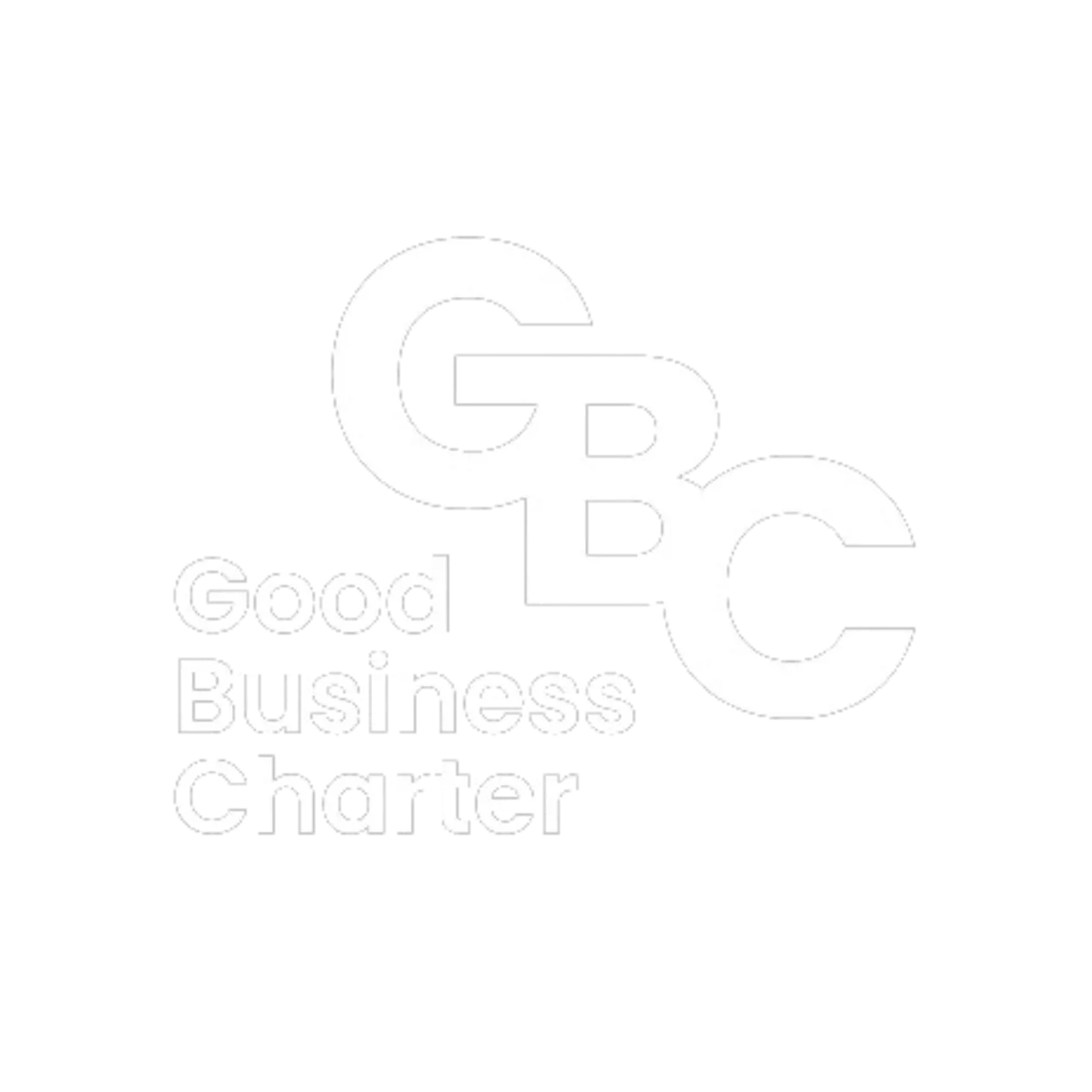
Unlocking Business Value: Optimising IT Service Management for Success
20 Apr, 20234 minutesIT Departments and users often debate over the best framework, technology solution, implemen...

IT Departments and users often debate over the best framework, technology solution, implementation strategy, and other details. However, improvements in ITSM often require business executives and IT to take a step back and observe the opportunities for improvement and the associated challenges from a strategic perspective as they aim for their digital transformation goals. So how do we achieve these goals?
Define IT strategy
The first step is to sort out your vision and strategy. By developing a comprehensive roadmap for your ITSM initiatives, you are allowing provisions for potential improvements down the line. Find the success factors and define the KPIs, metrics, guiding framework, and desired state at every stage of implementation. This type of roadmap should cover all three domains of IT in service management, business operations as well as the enterprise-wide strategic vision:
• Front-end IT: includes all software or hardware that is part of a user interface. Human or digital users interact directly with various aspects of the front-end program, including user-entered data, buttons, programs, websites and other features
• Middle IT: The processes and operational workflows defined by frameworks and automation capabilities
• Back-end IT: refers to parts of a computer application or a program’s code that allow it to operate and that cannot be accessed by a user. Most data and operating syntax are stored and accessed in the back end of a computer system.
Align IT with Business Objectives
The journey towards optimizing ITSM begins with a clear alignment between IT and business objectives. Establishing a strong connection between IT initiatives and overarching business goals not only ensures relevance but also strengthens the impact of IT services on business outcomes. Collaborate closely with key stakeholders to identify the critical business processes that IT can influence and tailor ITSM strategies to enhance these areas. For instance, if the business goal is to improve customer satisfaction, align ITSM efforts towards swift incident resolution, proactive problem management, and a seamless user experience.
Develop business-focused IT services
Service management allows business organisations to transform their operations by taking advantage of advanced technology solutions. Digital transformation requires technologies to be not only more efficient but also support the business-focused needs of the organisation. Understanding how It services are therefore delivered and how your users interact with the technology can help organisations map and correlate their ITSM strategies to business outcomes.
Embrace Automation and Self-Service
In the pursuit of business value, efficiency is key. Automation of routine tasks and the introduction of self-service portals empower employees and customers to independently access solutions, freeing up IT resources for more strategic endeavors. From password resets to service requests, automation reduces response times and minimizes human error. This leads to enhanced user satisfaction, improved productivity, and reduced operational costs. By enabling users to troubleshoot and resolve issues on their own terms, ITSM becomes a facilitator of seamless interactions, driving business value through enhanced agility and responsiveness.
Use hyper-automation
Hyper automation is defined as a business-driven, disciplined approach that organisations use to rapidly identify, vet, and automate as many business and IT processes as possible. Sophisticated technology solutions help create a digital twin of the ITSM organisation that is responsible for key ITSM tasks such as:
• Service discover
• Analytics
• Monitoring
Hyper automation is all about continuous intelligence. In the domain of ITSM, it is focused on deriving insights from the IT environment, service delivery, and user behavior. The insights are then delivered in real-time and can be used across all subset domains of the ITSM organisation.
Consider customizations vs. off-the-shelf
Many organisations invest in new technologies and like to use them the way they come ‘out of the box’ or off-the-shelf. It departments generally prefer to use products in this way, since any customisation is likely to introduce integration concerns, complexity, and bugs – an operational and maintenance nightmare for IT.
However, if the technology is used ‘out of the box it doesn’t always materialize into tangible business value. Even the most well-defined technologies can and must be configured and often customized to suit the specifications and requirements of the business, its technology or the service they are providing. Business leaders, IT executives, and other agents should therefore support efforts that ensure all ITSM technology investments have a positive impact on the business, despite the higher implementation of costs and resources incurred.
Prioritise and align governance
Organisations that are running on a tight budget, often forget or dismiss the importance of investing in governance areas. Inadequate governance gives rise to discrepancies between the planned ITSM framework and policy implementations – and what actually happens. As an example, users might find ways to bypass organisational protocols for using a new tool or product, due to convenience or to access technology capabilities lacking in the companies existing solution portfolio.
When this happens, it results in shadow IT and misalignment of IT service management resources to the business objectives.
Companies are able to avoid issues as such happening if they:
• Adopt the right policies and framework guidelines in their work routine
• Take advantage of the flexibilities of the framework implementation and alternate technology solutions through systematic approval from the IT
Prioritise User Experience
In the era of digital transformation, user experience is a linchpin of business success. ITSM has a pivotal role to play in shaping this experience. Focus on delivering intuitive, user-friendly interfaces that enable efficient interaction with IT services. Employ design thinking principles to understand user needs and preferences, thereby optimizing the interface and creating a positive perception of IT services. Moreover, establishing proactive communication channels and soliciting user feedback cultivates a user-centric approach. This not only enhances user satisfaction but also positions ITSM as a contributor to business value through improved engagement and productivity.
Implement Effective Metrics and Analytics
Measuring the impact of ITSM efforts is essential for driving continuous improvement and demonstrating business value. Implement key performance indicators (KPIs) that align with business objectives, such as mean time to resolution (MTTR), customer satisfaction scores (CSAT), and service availability. Leverage analytics tools to gain insights into trends, user behavior, and service utilization patterns. These insights empower IT teams to anticipate challenges, allocate resources efficiently, and make informed decisions that impact business outcomes positively.
Foster Continuous Improvement
Optimization is an ongoing journey, and fostering a culture of continuous improvement within ITSM is pivotal. Regularly assess processes, identify bottlenecks, and gather feedback from stakeholders to pinpoint areas for enhancement. Encourage cross-functional collaboration and knowledge sharing to foster innovation and the exchange of best practices. By embracing a culture of continuous improvement, ITSM evolves in tandem with business needs, positioning itself as a dynamic driver of business value.
Overall, these methods will have to be tested out by organisations separately, to analyse what works for them. The optimization of IT service management transcends technical support to become a cornerstone of business success. By aligning IT initiatives with business objectives, leveraging automation and self-service, prioritizing user experience, implementing effective metrics, and fostering continuous improvement, organizations can unlock the true potential of ITSM. As technology continues to shape the future of business, a well-optimized ITSM strategy not only ensures efficient operations but also drives tangible business value, positioning companies at the forefront of innovation and competitive advantage.
There are numerous best practices that might or might not work best for your organisation. If you are interested in seeing how we can help you find the best talent to set up your organisation's ITSM infrastructure, visit our client's page, or get in contact with us!









